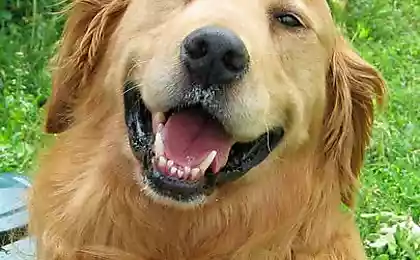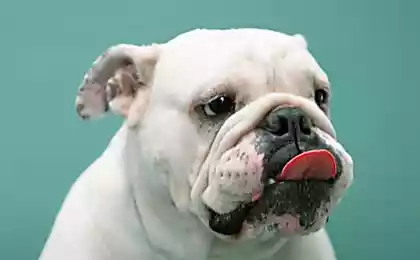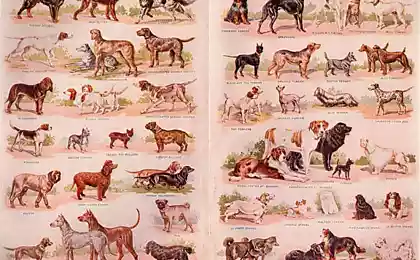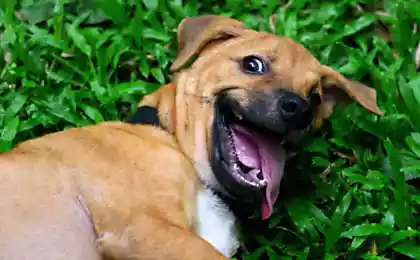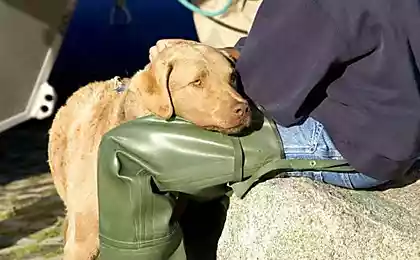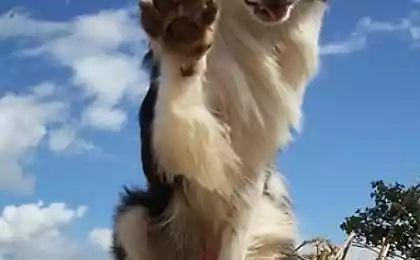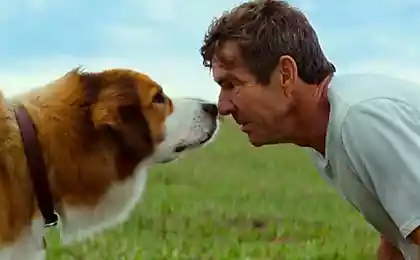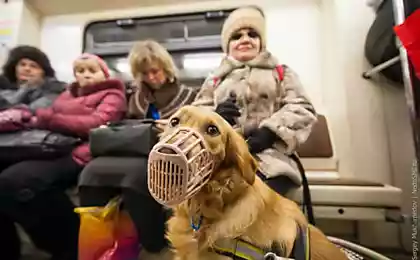669
Dogs wag their tails to spread their smell
Thus dogs communicate with each other and with lyudmi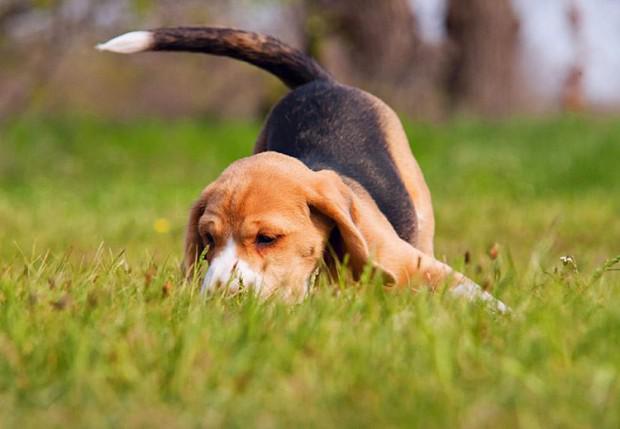
People think that when a dog wags its tail, it shows their owners that satisfied. But tail wagging, there are other, more important functions: every dog has its own unique fragrance emitted from the en * lnyh glands, and the tail helps to spread the smell. Alpha dogs raise their tails taller and frightened dog hiding or subdominant tail between its hind legs, to avoid outside attention.
Wagging its tail and thus spreading its smell, dogs report that want to be noticed the smell - for example, a dog may behave at a friendly person or if you wish to play. However, the dog can wag his tail, not only when excited or happy - for a dog is also a way to communicate with other dogs.
Eliza Bell Christensen, a veterinary behaviorist, says that dogs wag their tails to the right, when satisfied, and left when frightened. If the dog is wagging his tail, the tail is carried low, it is afraid of something. Wagging tail, combined with tense muscles, set aside or back ears dilated pupils means that the dog wants you to retreat - in this case it produces an unpleasant smell as a warning, not an invitation to.
Wagging tail - a learned behavior. Puppies begin to wag their tails about months of age because the need to communicate with Littermates or want an adult dog fed them or play with them. Tails also help puppies and adult dogs to maintain a balance - in all probability, it was the first such feature is the tail, and an important role in communication, he started to play only later.
Adult dogs with docked tails have to be careful when dealing with other dogs, to make sure that they do not send the wrong signals. Puppies - more reckless.
Wolves also use their tails to communicate: if the wolf wags its tail, it usually means that he is relaxed.
via factroom.ru

People think that when a dog wags its tail, it shows their owners that satisfied. But tail wagging, there are other, more important functions: every dog has its own unique fragrance emitted from the en * lnyh glands, and the tail helps to spread the smell. Alpha dogs raise their tails taller and frightened dog hiding or subdominant tail between its hind legs, to avoid outside attention.
Wagging its tail and thus spreading its smell, dogs report that want to be noticed the smell - for example, a dog may behave at a friendly person or if you wish to play. However, the dog can wag his tail, not only when excited or happy - for a dog is also a way to communicate with other dogs.
Eliza Bell Christensen, a veterinary behaviorist, says that dogs wag their tails to the right, when satisfied, and left when frightened. If the dog is wagging his tail, the tail is carried low, it is afraid of something. Wagging tail, combined with tense muscles, set aside or back ears dilated pupils means that the dog wants you to retreat - in this case it produces an unpleasant smell as a warning, not an invitation to.
Wagging tail - a learned behavior. Puppies begin to wag their tails about months of age because the need to communicate with Littermates or want an adult dog fed them or play with them. Tails also help puppies and adult dogs to maintain a balance - in all probability, it was the first such feature is the tail, and an important role in communication, he started to play only later.
Adult dogs with docked tails have to be careful when dealing with other dogs, to make sure that they do not send the wrong signals. Puppies - more reckless.
Wolves also use their tails to communicate: if the wolf wags its tail, it usually means that he is relaxed.
via factroom.ru
At the top of the Eiffel Tower, there is a secret apartment
On the Internet there are no traces of time travelers




